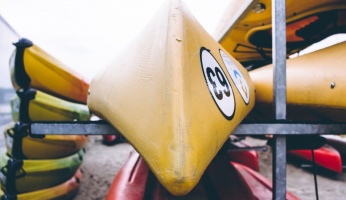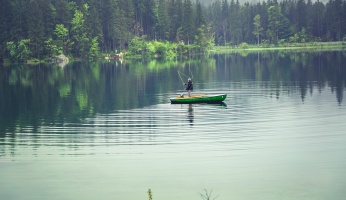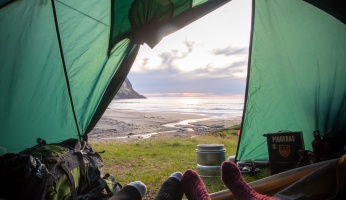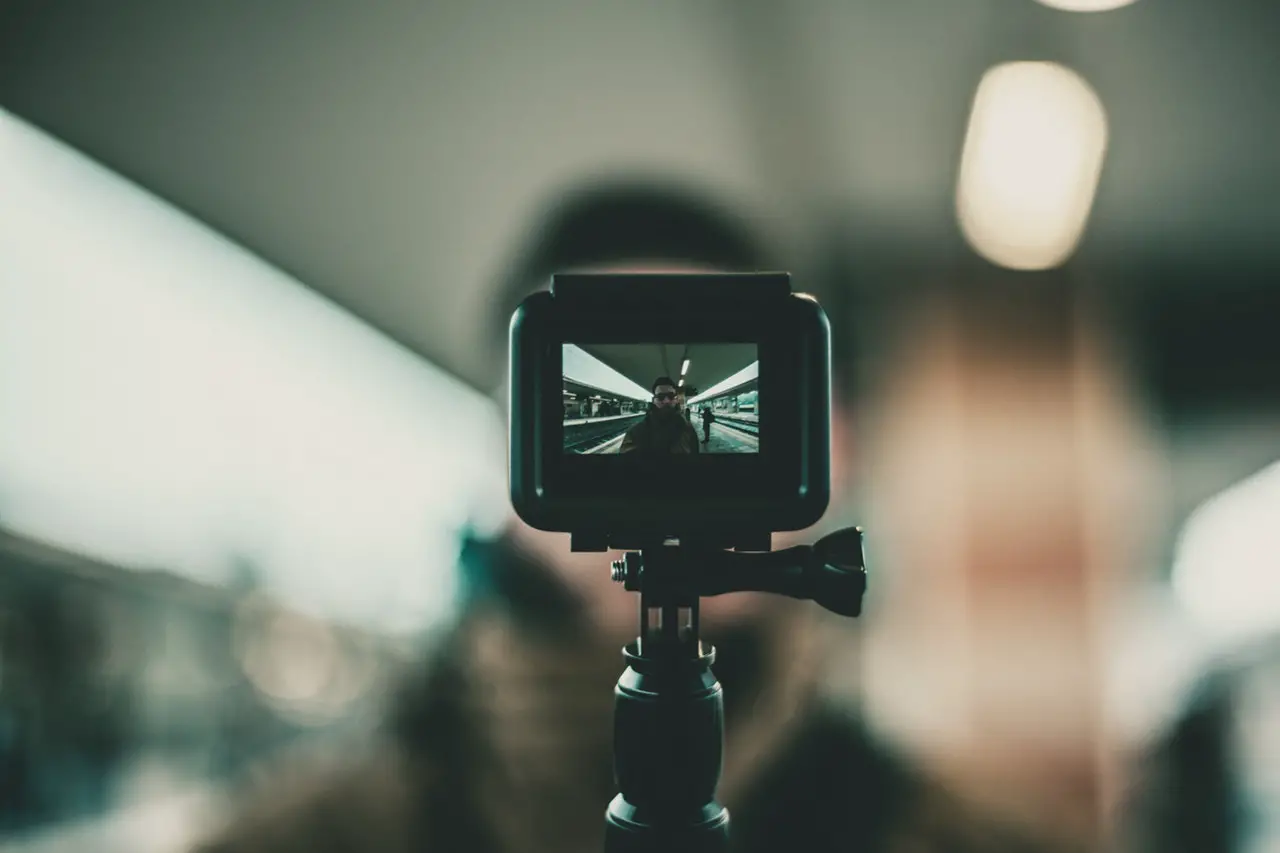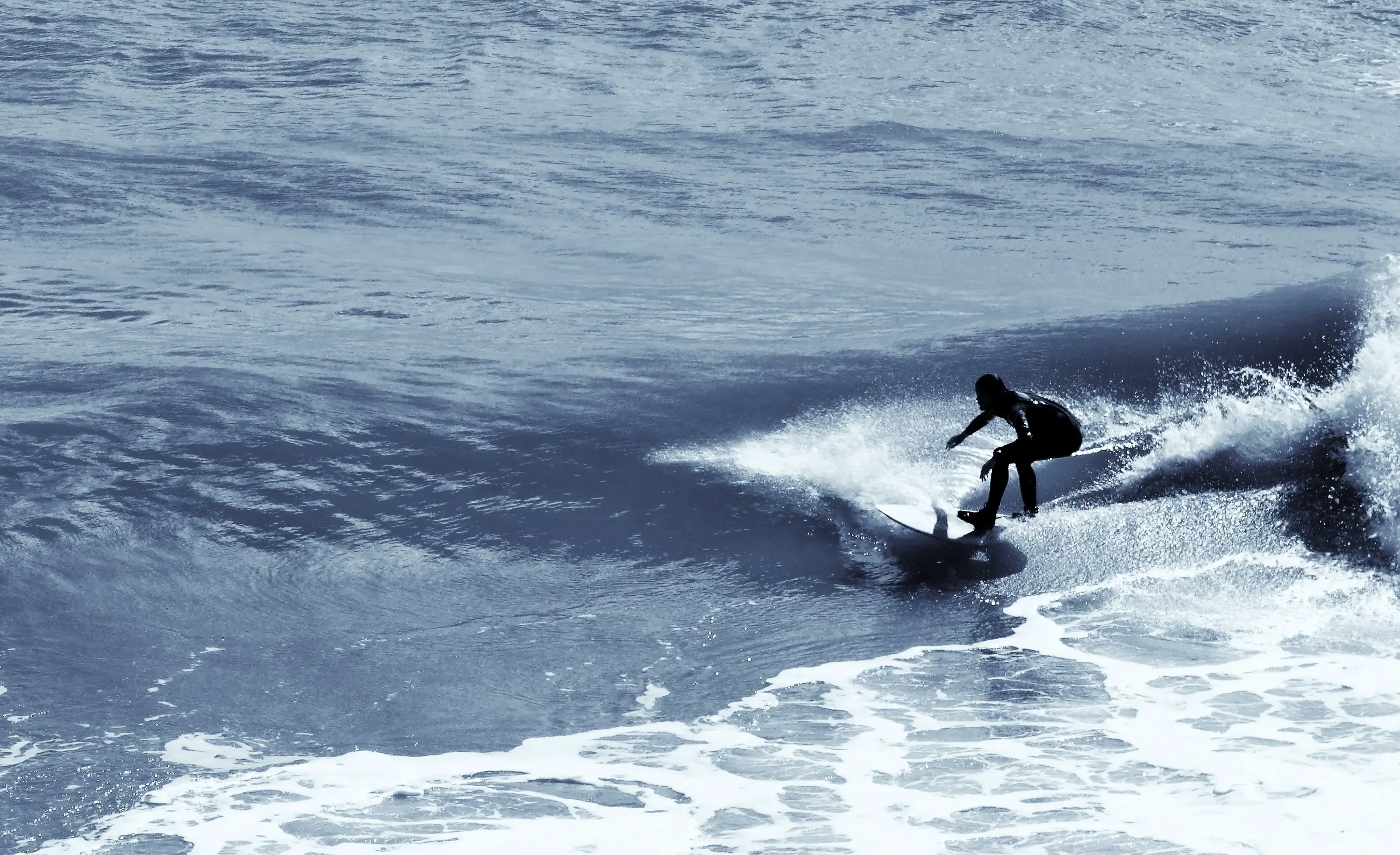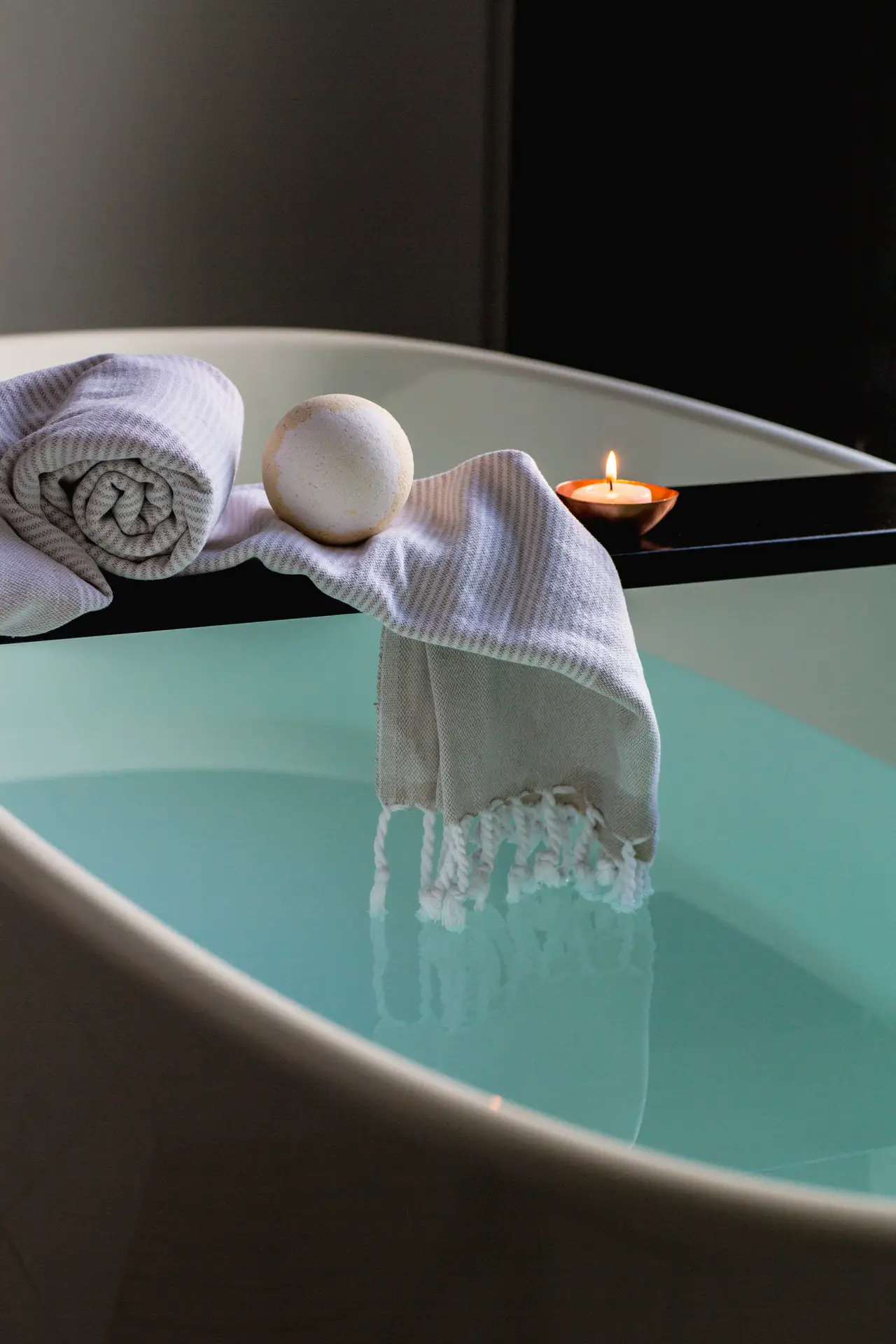Everything You Wanted to Know About The Salmon Run
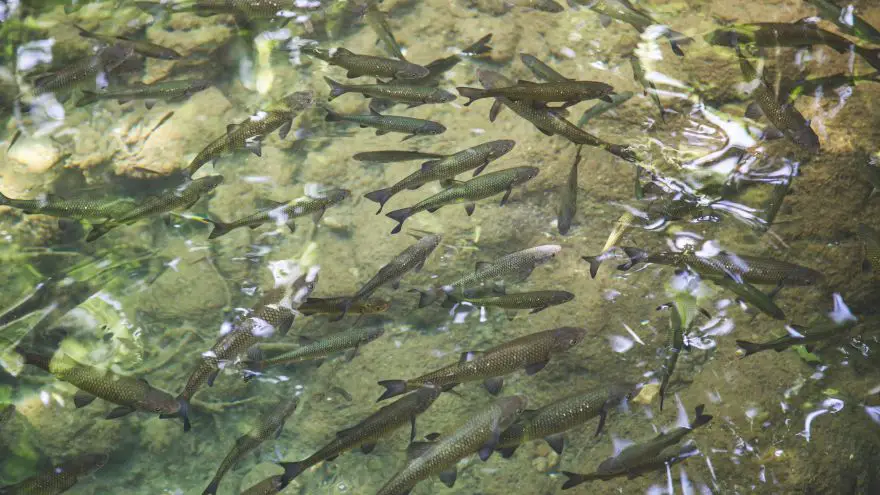 Everything You Wanted to Know About The Salmon Run
thegearhunt.com
Everything You Wanted to Know About The Salmon Run
thegearhunt.com
When most people think of salmon, they think of something they order in a restaurant when they are out for dinner with the family. When they think of the salmon run, few people realize what it even is, much less what happens during it. In reality, the salmon run is an amazingly beautiful thing and something that people come from miles around to see when it happens. It’s a great time of year for grizzly bears, bald eagles, and, of course, sports fisherman who wait eagerly all year long for the salmon run to occur. Have you ever thought about what the salmon run might be? Are you someone who is going to be going on your first trip to see a salmon run this year or are you perhaps a fisherman who has never gotten to fish a run before?
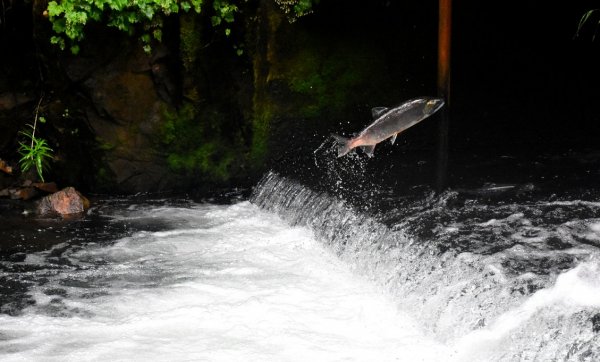 If you are a beginner to the salmon run, whether it’s as a sightseer or a beginning salmon fisherman, you are certainly in for a treat. However, there are quite a few things you should know about the running of the salmon before you head out, especially as a beginning salmon fisherman. That is why this blog is going to be devoted to everything you ever wanted to know about not only the salmon run itself but about salmon fishing as well.
If you are a beginner to the salmon run, whether it’s as a sightseer or a beginning salmon fisherman, you are certainly in for a treat. However, there are quite a few things you should know about the running of the salmon before you head out, especially as a beginning salmon fisherman. That is why this blog is going to be devoted to everything you ever wanted to know about not only the salmon run itself but about salmon fishing as well.
The Salmon Run explained
Ready to get started on this blog about salmon runs? Us too, so without further delay, let’s go!
What is the Salmon Run?
The salmon run is an event that happens usually in the fall, between the months of September and November, according to which area the salmon you are looking to see are migrating in. The salmon run is when the salmon who have migrated to the ocean start their run to get back upriver to spawn on the river banks of certain areas. Usually, the salmon die on the riverbanks and a new salmon life cycle begins. It is interesting to note that all of the Pacific salmon die but only most of the Atlantic salmon die, once they spawn. Watching the salmon run is a sight that you won’t soon forget and you will want to go again and again, once you do see it the first time.
What’s So Great About the Salmon Run?
No matter where you are watching the salmon run from, it is a sight to see. Whether you’re watching on the East coast or the lower 48, you will be enthralled by the salmon run. Imagine setting foot on the shores of a river in Alaska, and the water is bubbling, as millions of salmon work their way upstream to the banks. There could be grizzly bears a little down the way, swiping at the water to have themselves a midday treat. On the other shore, a bald eagle is swooping down, snatching a salmon in mid-leap for a treat themselves. You, yourself are standing on the shores watching this run with grizzlies and bald eagles, enthralled with what nature has to offer.
Not only does this event provide food for the Grizzlies and the birds, but it also provides food for hungry wolves, whales in the ocean, and even nature and the woods themselves. No matter what you love about nature, you can find it at the salmon run, and if you are a fisherman, it can excite you like no other fishing has done and give you food for the campfire that night as well. That is what is so great about the salmon run, don’t you agree? Now that you know why the salmon run is so popular and breathtaking, let’s move onto that beginners guide for fisherman fishing for salmon.
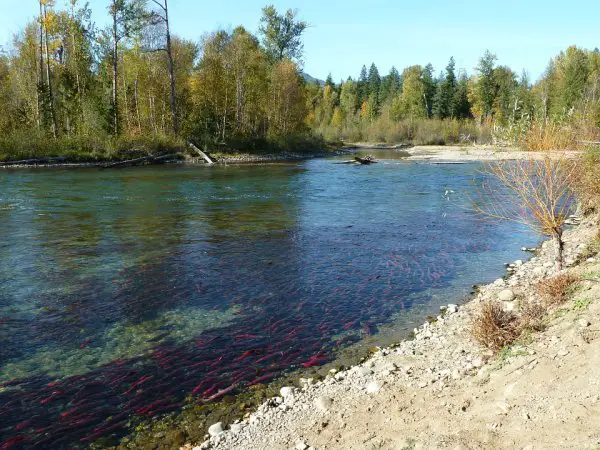
A Beginner’s Guide for Salmon Run Fishing
Salmon fishing, no matter where you do it, is unlike any other experience out there, so you need to know exactly what you need to have to get you started and for you to be a success. Read on below for a few things you might need to know and carry with you as well.
Types of Clothing
No matter where you choose to fish during the salmon run, the weather can become extreme. Below you will find some of the types of clothing you need to pack for the trip ahead.
- Dress in layers with moisture wicking and insulating layers
- A windbreaker
- Rain gear
- Gloves and hat that are insulated
- Full wading boots
- Polarized sunglasses
- Personal flotation devices
- Wader belts
- Wader staffs
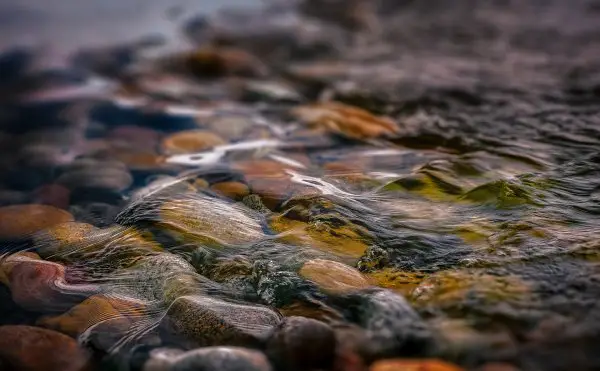
Equipment
Of course, you need the normal things for going on a fishing trip, but to fish for salmon, here is a list of other equipment you might want to consider as well.
- Barrel swivels
- Split shots
- Fly line
- Fly rods
- Fly Reels
- Egg Sacks
- Pink worms
- Flies
- Spinning reels
- Spinning line
- Spinning rods
These, of course, come in a variety of sizes, so it’s best to do your research to determine which is the best size for you.
Salmon Fishing Tips
Now, that you are packed and ready to go with your gear in tow, there are a few tips you might want to consider to land the big one. We will talk about your tips below.
Prepare Before You Head Out
Make sure that you have everything you need to fish before you head out to the salmon run. This includes your bait, line, rig, rod, and anything else you need to fish. It would be awful for you to miss one of these beauties, just because you forgot to pack your rod or anything else for that matter.
Make Sure Your Hooks Are Super Sharp
Make sure to sharpen your hooks before you head out as well. This doesn’t mean to give them a quick once over, it means that your hooks need to be super sharp so that you can hook a salmon and keep it hooked. The reason your hooks need to be so sharp is because salmon have a super thick jawline that is tough to penetrate. This makes it hard to catch one if your hook is dull. Making sure that your hooks are razor sharp is a must if you intend to go home with some salmon from your fishing trip.
Be Wise When Picking Your Bait
You want to be wise when picking your bait for a salmon run. Remember, this isn’t like fishing for any other form of fish, so you can’t use just any old bait, you pick up at the local bait and tackle shop. Live bait is best when trying to hook a salmon, meaning you should not use artificial lures if you can help it. If you have no other choice, many salmon fishermen have success with an artificial lure that moves under the water in the same way a fish would, but still, live bait is best.
Make Sure to Use Red Line
It’s no secret that fish can spot your line, even though it’s under the water. For the best success, try using red line, as it’s the only line that has a color that fish can’t see once it is under the water. Red is known to disappear once it hits 15 feet under the water, which is great for catching salmon, as it makes your bait seem even more real to them. It’s important to note that the only salmon that can see red are sockeye salmon, so if you are fishing for this type of salmon, you might need to choose another color line.
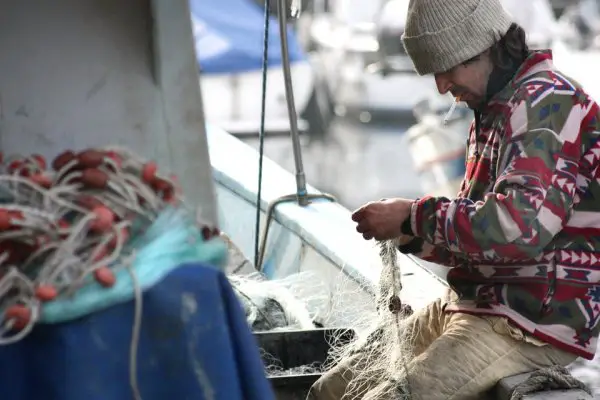
Use Bait with a Little Flash
Since salmon prefer low lighting conditions, it takes something with flash to bring them to your hook. Try using a little something extra that flashes when you’re choosing the bait to use.
Disguise Your Scent
It’s a good idea to wash your hands in seawater before you start touching the bait that you are going to fish for salmon with, to keep your scent from rubbing off on the bait and scaring away the salmon. It’s also a good idea to never let your bait touch the bottom of your boat if you are fishing from a boat because it could pick up the smell of gasoline, lessening your chances of a big catch, or any catch at all for that matter. The strong smells of gasoline, sunscreen, or motor oil will also run the fish off, so keep them off your hands. Don’t be afraid to use scents that attract the salmon as well. Every little bit helps after all.
Never Give Up
Even though it is the salmon run and fish are in ample supply, that doesn’t mean you are going to be catching one every other minute, or even at all. The trick is to never give up and make sure you keep your eye on the ball. You have to stay sharp if you want to catch a salmon and have extreme patience, just like with any other fishing excursion you might be planning to embark on. Fishing of any kind isn’t a fast sport, patience and determination are key.
Now, that we have given you tips and tricks of the trade for not only seeing the salmon run but fishing it as well, we would be remiss if we didn’t make sure you knew and followed the safety tips of salmon fishing. Especially during the salmon run, you are going to be seeing or fishing in bear country and that is no place where you want to be lax in safety. With that in mind, read on below for our section on safety during the salmon run.
Safety Tips for the Salmon Run
Fish and bears just go together and during the salmon run, they will be out looking for a meal, while you are enjoying watching the salmon jump or fishing for them from the shore or your boat. Below, find some safety tips for avoiding bears during your trip.
Avoid the Bear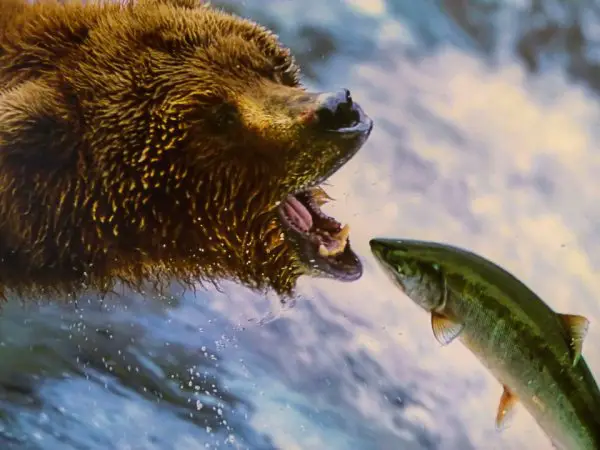
The best thing to do, of course, is to avoid the bear, to begin with. It’s best not to mess with the bear at all, if at all possible, but sometimes it can’t be helped. If you and your buddies are fishing and suddenly there’s a bear in front of you, it may be a little hard to avoid him.
Never Fish Alone
One of the first safety tips to follow when fishing the salmon run is to never fish alone. It’s best to fish with at least a couple of buddies, so you know that you are in a group, as it’s much safer this way. Look for any posted signs about bears being spotted in the area recently. These are usually posted where they are easy to see. Don’t ignore these signs, they are important and could be the difference between life and death or you and your friends.
Don’t Fight the Bear Over the Salmon
Bears are attracted to the splashing of fish, that’s how they know that dinner is right around the corner. If you catch a salmon, it will be splashing and fighting the line. If it attracts a bear, then you will want to cut the line and let the salmon go right away. Hopefully, the bear will go after the fish and ignore you.
Thia is just a little bit of what you need to know about the salmon run, whether you are seeing the salmon jump for the first time, a beginning fisherman, or even someone who does it every year. Remember, that though it’s fun to watch the salmon run and even more fun to catch them, there are dangers out there, from bears to wolves, and the water itself. Be careful and happy fishing everyone!
Sources
- National Word Safaris, The Salmon Run
- Fish Alaska, Bear Safety
- Sportsman’s Guide, Ten Tricks to Catch More Salmon





